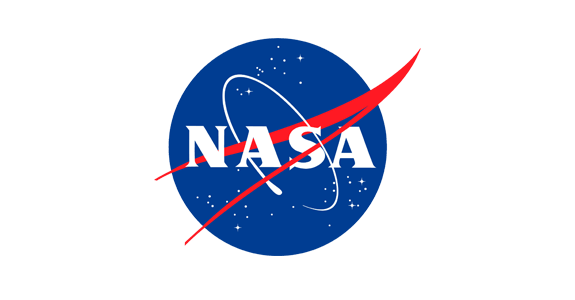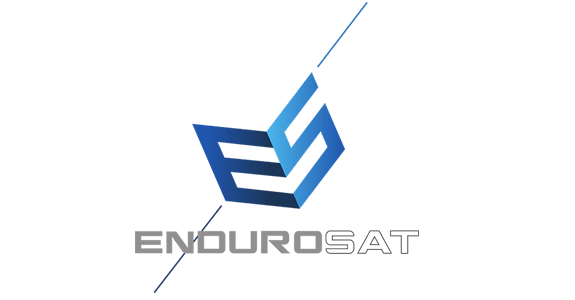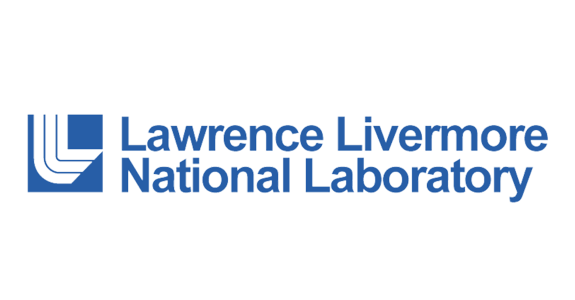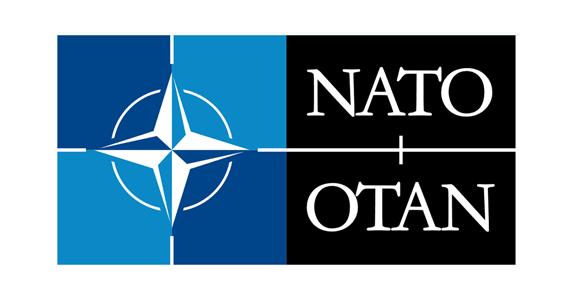ASTRUM DRIVE
Aerospace
Fuel Free Space Propulsion
At Astrum Drive Technologies, we’ve developed a propellantless, electricity-only space propulsion system — a breakthrough that eliminates the need for onboard fuel.
Based on physical principles formalized by Einstein and backed by multiple patents and TRL 6–7 prototypes, our technology radically extends satellite lifespans, lowers launch costs, and enables continuous maneuverability.
We believe this propulsion paradigm will unlock scalable in-space logistics, orbital servicing, and deep-space exploration, reshaping the economics of the global space industry.
Lab testing
This test is conducted in a certified, vibration-isolated environment with no airflow.
The system is placed on a highly sensitive scale and produces downward-directed thrust, which results in a measurable increase in its apparent weight.
In this setup the prototype generates on average 12mN (reads as milli newtons) of continuous thrust when operating at full power.
To eliminate any lateral motion, the system is securely tied at the top. While this ensures clean vertical readings, it also reduces the measurable thrust to about 12 mN, which is still thousands of times greater than the background noise and the scale’s margin of error.
We published a peer reviewed article in a top tier engineering journal for how our propellantless space propulsion works:
It’s important to highlight five key points:
The scale starts at zero and returns to zero after the system cools down, confirming that no mass was lost or gained while the thrust was generated.
The entire drive rests on a single metal ball bearing, eliminating any possibility of uneven weight distribution or mechanical bias.
Thrust appears almost immediately after power-on, strongly indicating that the effect is not caused by thermal expansion or heating, which are inherently slow processes
You may observe small fluctuations in weight—this is expected and caused by micro-turbulence during the phase transitions.
Key moments in the test:
– The system is turned at 0:01
– The system reaches full power at 6:09
– We shut down power at 6:56, thrust start diminishing but continues due to thermal inertia
– Final shutdown occurs at 9:59, once all internal energy has dissipated
Field testing
In this free fall test we have used helium balloons to nearly cancel the system’s weight, bringing it down to just a few grams. This makes the thrust generated by the device sufficient to create visible motion, allowing us to observe its effect directly.
Next, we drop the system from a height of 50 centimeters. You can compare the drop times with the system turned off in the first test and with it turned on in the next three experiments. The significantly shorter drop times when the system is active clearly indicate the presence of additional downward force generated by the propulsion system.
Next Steps
Now, we’re raising $7 million to take our technology to orbit. This in-space demonstration is the final step before commercialization—and the turning point on our path to a $1 billion valuation.
Others have followed a similar path — Firefly Aerospace, Voyager Space, Rocket Lab, and Momentus—each reaching billion-dollar valuations after a successful orbital demonstration, the turning point for breakthrough space technologies. For us, that moment is now.
We have letters of support, we are working or have held multiple meetings with people from the following organizations
LATEST NEWS
ASTRUM DRIVE
AEROSPACE
Headquarters
Dallas TX, USA
CONTACT US
contact@astrumdrive.com











